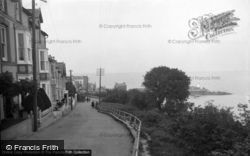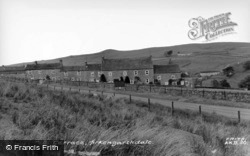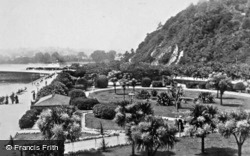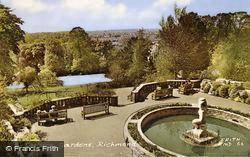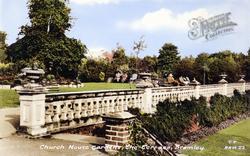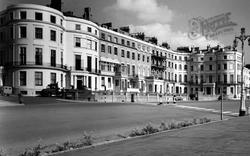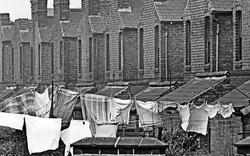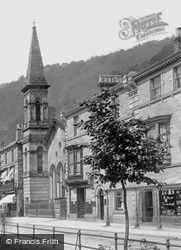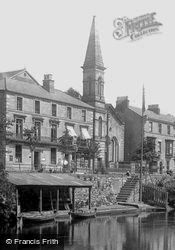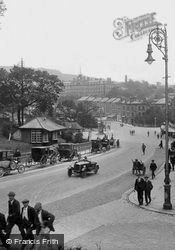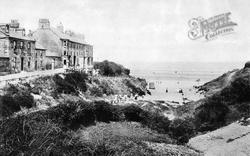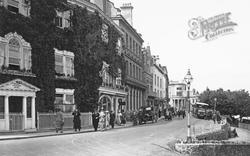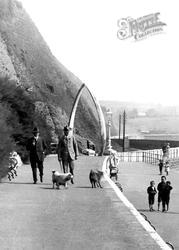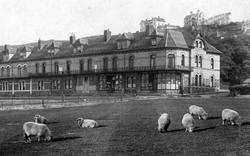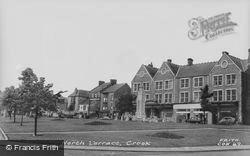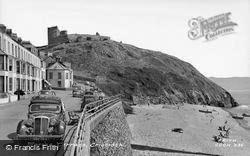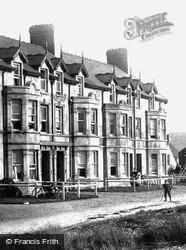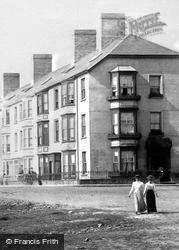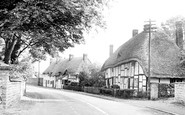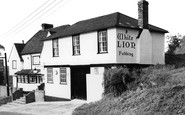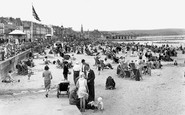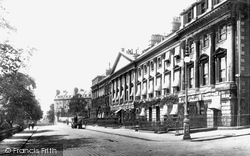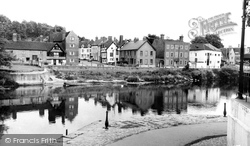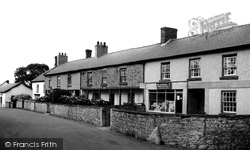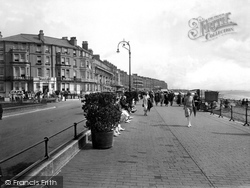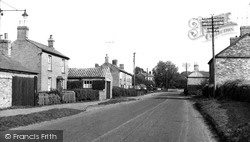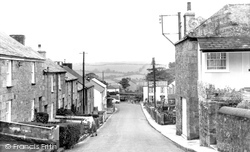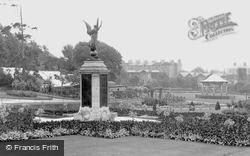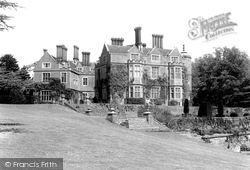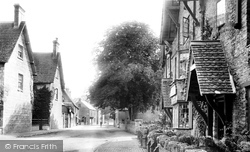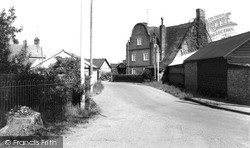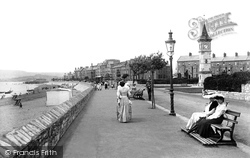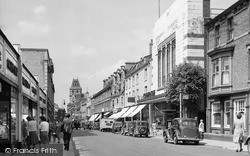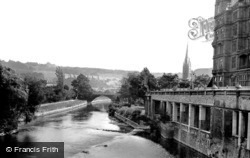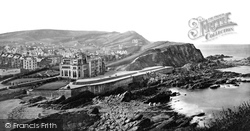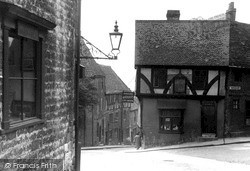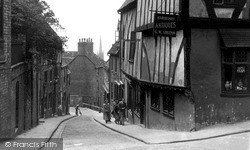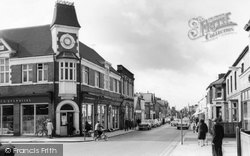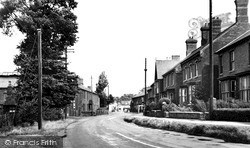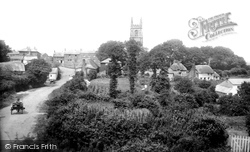Places
3 places found.
Those places high-lighted have photos. All locations may have maps, books and memories.
Photos
1,000 photos found. Showing results 161 to 180.
Maps
22 maps found.
Books
Sorry, no books were found that related to your search.
Memories
912 memories found. Showing results 81 to 90.
Church Cottages.
My wife and I moved here in 1983. We lived in the far cottage of the terrace of 3 (1,Church Cottages), in the foreground of this photograph. Our first daughter arrived whilst we were here. However, the imminent arrival of ...Read more
A memory of Salford Priors in 1983 by
Sledging Down Fobbing Hill
I lived in Corringham Hill Terrace 1942 -1950. As an 8 year old I remember sliding down the hill in the snow from the White Lion. I think there was a small pond at the bottom, which used to freeze over in winter. I have a ...Read more
A memory of Fobbing in 1948 by
The Red Row Drift Hadston And Togston
I was brought up, on and off, in my childhood in Swarland Terrace, Red Row followed by Hadston, The Coutry Parks and Acklington. I moved away in 1974 to join the Army and only go back to visit my Mum once ...Read more
A memory of North Seaton in 1973 by
An Evacuee During Ww11
Packed off to Lostwithiel in the train from Paddington and found myself living in the Black Prince's Castle - Restormal. Well not quite, the farm on the Estate. I was baptised in St Winnow C.of E Church as part of our ...Read more
A memory of Lostwithiel in 1930 by
Living Opposite The Catholic Church In Somerton
I lived opposite the Catholic church from 1949 untill 1970 when I joined the army. I was friends then with Bridget Cox and Eileen White. We went to Sunday school at the Congregational church for ...Read more
A memory of Somerton in 1960 by
Childhood Memories
As a family we would holiday in Weymourth every year from about 1958-1963. We used to stay in a bed and breakfast owned by a Mrs Walkadine. As I was so young my memories revolve around the wonderful beach, the donkeys and egg ...Read more
A memory of Weymouth
Webbs Brewery Six Bells Colliery
I grew up in Aberbeeg as Pat Howells. Everyone knew the Howells as my dad, Doug, was one of 8 children. My uncle worked in the brewery for many years and I grew up in Woodland Terrace and had to pass the brewery ...Read more
A memory of Aberbeeg by
Neolith
This was around 1968 and I lived in 21 Millfield Lane. I got auld Mrs Bradney's downstairs flat and me Nanna lived in No. 25, so nice and handy to pop in for a cuppa and a chat as me Ma 'n Da 'n two sisters had moved to Pegswood, Morpeth, ...Read more
A memory of Newburn in 1968 by
My Birth Place Scarcliffe
April 3 1946 is the date of my birth, born at 2 Nightingale Terrace, Scarcliffe. My parents being Rose and Albert Nicholls, I was baptised at St Leonards and went to Scarcliffe school and then went on to Moorfield ...Read more
A memory of Scarcliffe in 1946 by
Gilfach Goch
My grandfather Rev Williams was the vicar here in the 1920s and my father was born here at Glamorgan Terrace. Many years later my father Arthur Williams also became the vicar here and I was born in 1966. We moved to church ...Read more
A memory of Gilfach Goch in 1966 by
Captions
549 captions found. Showing results 193 to 216.
Having completed our tour of the central part of the city, this chapter provides an itinerary taking in the best of the great terraces, squares and crescents that were developed to its north.
Wribbenhall has a row of early 18th-century terraced cottages, late 18th- and early 19th-century warehouses, and a number of timber-framed houses, the oldest dating back to the 16th century.
All the cottages in this terrace used to be the same design as the centre example with its distinctive chequered brickwork and curious extended porch.
Most of the Victorian terrace houses beyond survive; this section of the promenade ends at The Redoubt, another Napoleonic fort.
Driving through West End, the visitor is reminded of the Dutch engineers who were brought over to work on the fenland drainage and for whom some of the terraced cottages were built.
Constantine's fine terraces are built with granite dug from one of the many quarries nearby, which also furnished the stone for Waterloo Bridge.
Here we see the famous Neptune fountain (some say it is based upon the Trevi fountain in Rome), with Council Offices in the background and a glimpse of the Regency terraces to the left.
This First World War memorial, with its Portland stone terraces, was designed by the eminent sculptor Alfred Drury and installed in 1922.
Here we see the famous Neptune fountain (some say it is based upon the Trevi fountain in Rome), with Council Offices in the background and a glimpse of the Regency terraces to the left.
The terraced and topiary gardens contain the first wisteria and mulberry ever to be planted in Britain, and were landscaped by Capability Brown and John Tradescant.
The tall terraced cottages on the right are in their simpler vernacular style, while the school and halls are Tudor in style, with stone mullioned and transomed windows.
There has been some development here, with a new bungalow in the yard beside the Dutch-gabled Ivy House and a terrace of houses, dating from the 1970s, replacing the railings on the left.
The view looks towards Morton Crescent and Alexandra Terrace. A century earlier this part of Exmouth was just a strand, backed by dunes, marsh and pasture.
The ter- race with the deeply-shadowed eaves in the middle distance is the 17th- century Massingberd Charity Gift buildings, rebuilt in 1864.
On the left is the end of a long and attractive terrace of Victorian brick houses, which still survives.
Looking south from the bridge, the towering mass of the former Empire Hotel is on the right with its terrace. Beyond is the spire of St John the Baptist Church and the Parade Gardens.
The imposing yellow brick Gothic Revival building, with 210 rooms and a 1,000ft terrace, put Ilfracombe in the first rank of resorts when it was opened on 15 May 1867.
Further down we come to the crossroads with Michaelgate and Christ’s Hospital Terrace.
Further down we come to the crossroads with Michaelgate and Christ’s Hospital Terrace.
Havelock Street is a terrace of Victorian artisan cottages, while Station Road remains the principal shopping street. The Co-op is still the Co-op but with a less attractive modern shopfront.
The terraces and villas shown are all intact today.
Just round the corner from the terrace on the left used to be the stables for the horses of the mailcart from St Austell.
Cottages on the other side rise from Lea Cottage (left of centre), to the terrace comprising Hydrangea Cottage, Clematis Cottage, Rosemary Cottage and Sunset Cottage (beside the
Further down we come to the crossroads with Michaelgate and Christ's Hospital Terrace.
Places (3)
Photos (1000)
Memories (912)
Books (0)
Maps (22)


